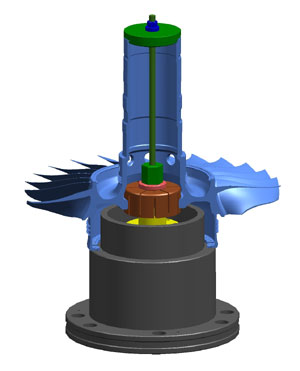
Holding Problems
Inspection, grinding, turning, locating, positive chucking without part distortion. Machine tools and spindles have constantly improved accuracy year after year and spindle accuracy now can be held as close as .0001 to .0002 with no trouble. With these accuracies maintained, why is it difficult to hold concentricity of .002 to .003 on normal machining and grinding jobs? Obviously, the loss in accuracy occurs with the method of holding the work piece on the machine spindle.
In recent years many types of expanding tools have been developed in an attempt to assist the tool engineer in solving the problem. The diaphragm chuck, the split collet arbor, the stresses arbor or chuck and the tapered arbor are some of these products. Great time and effort are spent in getting tools to expand or contract while they remain extremely true and parallel. However, the surface or the work piece to be held is practically never true or parallel. Quality control studies show that only 10% of parts produced fall within the perfect classification.
This means about 90% of parts have chucking surfaces spread over the tolerance range and we have therefore applied tooling to "perfectly" hold 10% of the parts while "imperfectly" holding 90% of all parts produced.
Let us examine some of the methods used to chuck close tolerance jobs and show why they fail to produce quality parts. Assume the part to be held is a gear blank 2" OD x 2" long. The print calls for .005 tolerance on the OD but it is decided to hold .002 for processing purposes. This means the OD can be tapered in either direction depending on how the part is chucked; also it can have a .002 bulge or dish.

